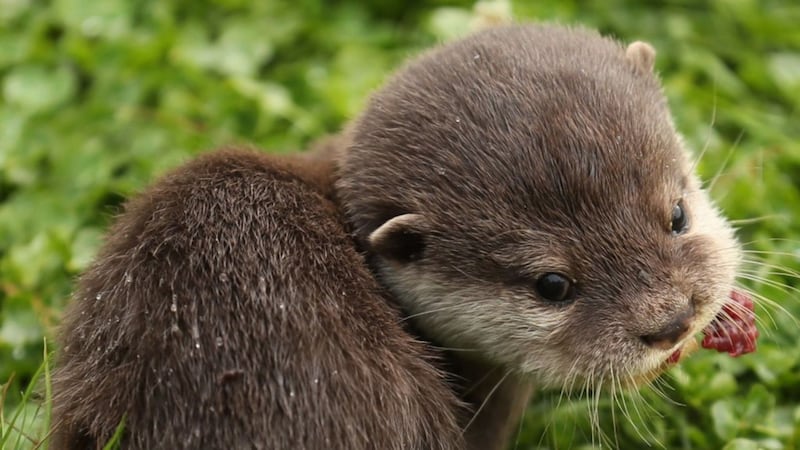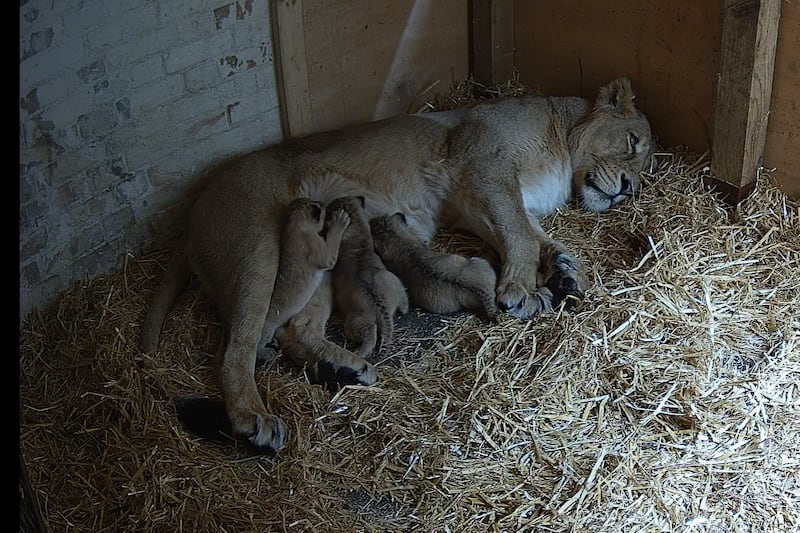Giant otters the size of wolves roamed the waterways of Earth six million years ago, scientists have discovered.
The species, which has been called Siamogale Melilutra, is thought to have weighed about 110lb (50kg) and was roughly twice the size of the largest otters alive today – the South American giant river otter. That’s roughly four times the size of European and Asian otters.
Palaeontologists from the US discovered a complete skull, jawbone and teeth of the long-extinct animal while excavating the ancient lake bed in Shuitangba, in China’s Yunnan Province.
Scientists were able to deduce from the find that the giant otters likely ate large clams and shellfish which they were able to crush with an extra-powerful jaw.
The existence of larger otters had previously only been proposed from findings of large teeth found in Thailand – so the new discovery is the first of its kind.
The skulls were discovered squashed flat by the fossilisation process, but using CT scans the researchers were able to rebuild the otter’s appearance using a computer.
Analysis of the ancient otter’s teeth found they shared the dental characteristic of low-crowned, rounded teeth with other otter species – a feature which the experts say has independently evolved in otters on at least three occasions in their evolutionary history.
“The discovery of the otter helps solve some questions about otter relationships, but has opened the door to new questions,” said study lead author Dr Xiaoming Wang, of the Natural History Museum of Los Angeles.
The questions left unanswered include why the otter was so large and how it moved in both water and land.
“Continued studies by our group will address these fundamental questions and give us a more complete picture of its paleobiology,” said fellow author Dr Denise Su.
The study was published in the Journal of Systematic Paleontology.








